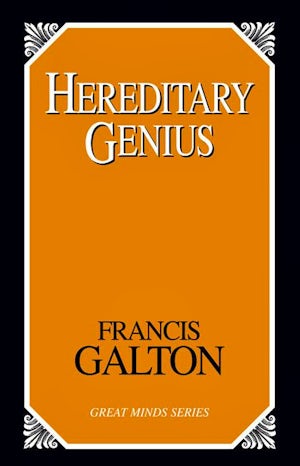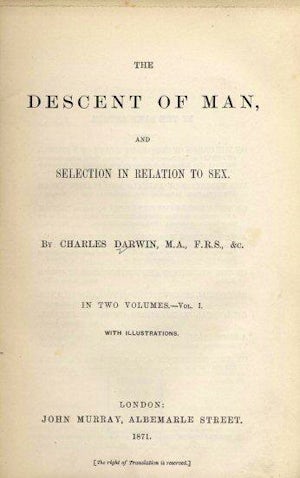
1915. Herland represents an outpouring of the author Charlotte Perkins Gilman's maternal feminist values. It presents a feminist critique of society, and is an example of utopian literature. The content of Herland was influential upon its publication (originally in a magazine), and experienced a resurgence in the 1970s, when it was republished as a novel. Herland is also notable for its exploration of eugenic themes.
Perkins Gilman first began to explore feminism and motherhood in The Forerunner, a magazine which Perkins Gilman wrote, edited and published herself. The story of Herland was not published in novel form until 1979, long after the author’s death in 1935. It helped establish Perkins Gilman's status as a major author, whose works have influenced other notable authors such as Ursula K. LeGuin, Marge Piercy, and Margaret Atwood. (Sparknotes, 2014, Context).
Herland was one of the first utopian novels written with an entirely female society. Within the society the narrator refers to as Herland, Motherhood is viewed as “the highest social service” and each woman is allowed to reproduce (which is accomplished asexually) only once. The novel takes on eugenic themes, as the unfit are not permitted to reproduce at all and only the fittest might be accorded the honour of bearing more than one child. (Perkins Gilman, 1915, p.60).
By limiting each woman to one child, the narrator states, all women would channel their natural maternal feelings and talents into taking care of all children (and thereby the nation itself) proving that “mother-love has more than one channel of expression” and when it is used rightly in service of the nation all citizens would benefit. (Perkins Gilman, 1915, p.60). In Herland Perkins Gilman describes a utopia where there is no war, no crime, and no sickness – because the population has reproduced always with the society’s best interests and available resources in mind.
Full text of Herland by Charlotte Perkins Gilman is available online through the Gutenberg Project.
-Leslie Baker
Herland by Charlotte Perkins Gilman. (n.d.). Project Gutenberg. Retrieved from http://www.gutenberg.org/ebooks/32.
Sparknotes. (2014). Herland. Retrieved from: http://www.sparknotes.com/lit/herland/context.html
 1869:
Galton publishes Hereditary Genius
1869:
Galton publishes Hereditary Genius
 1871:
Charles Darwin publishes The Descent of Man
1871:
Charles Darwin publishes The Descent of Man